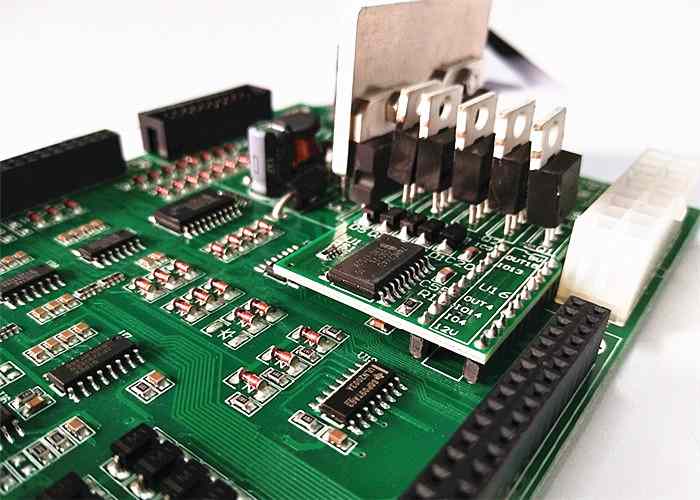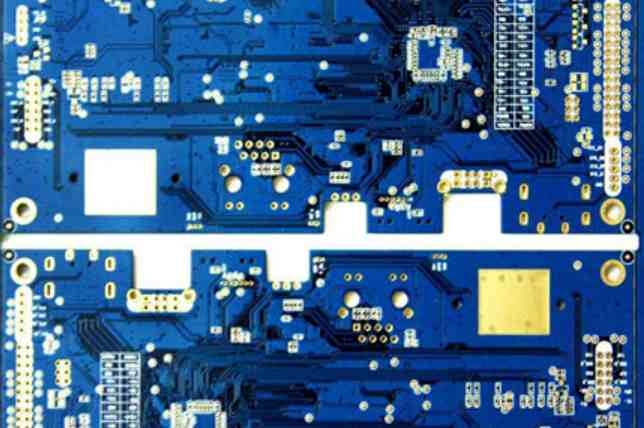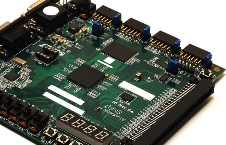
This paper mainly introduces the concept and planning principle of microwave high frequency circuit/microwave circuit and high frequency PCB board planning in the frontier field of communication products. The high frequency PCB board planning principle of microwave grade high frequency circuit/microwave circuit is chosen because it has a wide range of guiding significance and is a popular high-tech application technology at that time. The transition from the planning concept of high frequency PCB boards for microwave circuits to the project of high speed wireless networks (including various access networks) is also in the same line because they are based on the same basic principles and dual transmission line theory.
Experienced HF microwave RF engineers planning digital circuits or relatively low frequency circuits for high frequency PCB boards have a very high success rate at first because their planning concept is centered on "distributed" parameters, and the disruptive effects of low frequency circuits (including digital circuits) are often overlooked.
For a long time, many peers have completed the planning of electronic products (mainly communication products) often appear problems. On the one hand, of course, it is related to the lack of necessary links in electrical principle planning (including redundancy planning, reliability planning, etc.), but more importantly, when people think that all the necessary links have been taken into account. In response to these problems, they tend to spend their energy on checking procedures, electrical principles, parameter redundancy, etc., but seldom spend their energy on reviewing the high frequency PCB board planning, often because of high frequency PCB. Circuit board planning defects lead to many product functional problems.

The planning principle of high frequency PCB board involves many aspects, including various basic principles, anti-interference, electromagnetic compatibility, safety protection and so on. In these areas, especially High Frequency Circuit Boards/microwave circuit boards (especially microwave high frequency circuits), the lack of relevant concepts often leads to the failure of the entire development project. Many people still stay on the basis of "connecting the electrical principle with the conductor to achieve a predetermined effect", and even think that "the planning of high frequency PCB board comes down to the consideration of structure, process, production power improvement and other aspects". Many professional HF microwave RF engineers do not fully realize that this part of RF planning should be the special key to the overall HF PCB circuit board planning operation, and mistakenly spend their energy on selecting high-function components. The result is a huge cost. Rise, minimal functional progress.
It needs to be specifically pointed out here that digital circuit relies on its strong anti-interference, error detection and error correction ability, as well as a variety of intelligent links of arbitrary structure to ensure the normal function of the circuit. Common digital application circuitry and various "keep normal" links with high additional configuration, is obviously no product concept of action. But often in the "not worth it" link, resulting in product line problems. The reason is that this kind of function, which is not worthy of structural reliability assurance from the perspective of product engineering, should be based on the operation mechanism of digital circuit itself. It is only the faulty structure of the circuit planning (including the high frequency PCB board planning) that causes the circuit to be in an unstable state. This instability leads to similar problems in HF/microwave circuits due to the basic application of the same concept.
In digital circuits, there are three aspects that deserve attention:
1. Various reliability schemes in the application of digital circuits are related to the reliability requirements and product engineering requirements of circuits in actual use. It is impossible to attach a variety of costly "guarantees" to circuits that fully meet the requirements using conventional planning. .
2. The running speed of digital circuits is moving towards high frequency at an unprecedented speed (for example, the current CPU main frequency has reached 1.7GHz, which has far exceeded the lower limit of microwave frequency band). Although it also matches the reliability assurance function of the related device, it is based on the internal and typical external signal characteristics of the device.
3. Digital signals themselves are classified as broad spectrum signals. According to the results, the high frequency component of digital signal is fully considered in the planning of digital IC because it contains very rich high frequency components. However, in addition to the digital IC, the signal transition zone within and between each functional link can also cause a series of problems if done arbitrarily. Especially in digital and analog as well as high frequency circuit (high frequency PCB board) mixed use circuit occasions.






